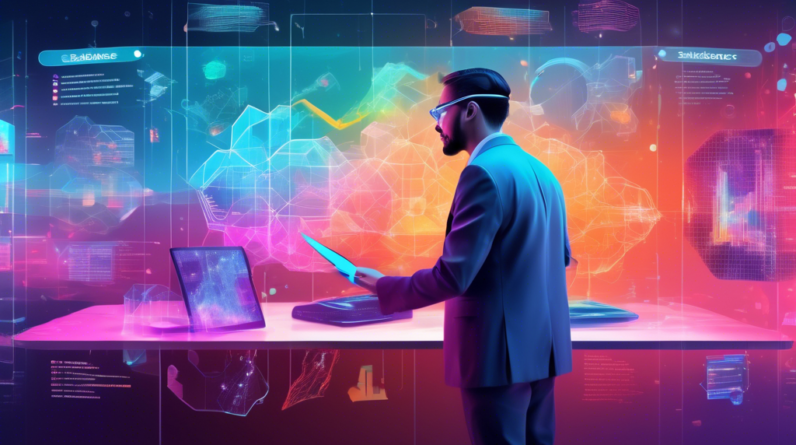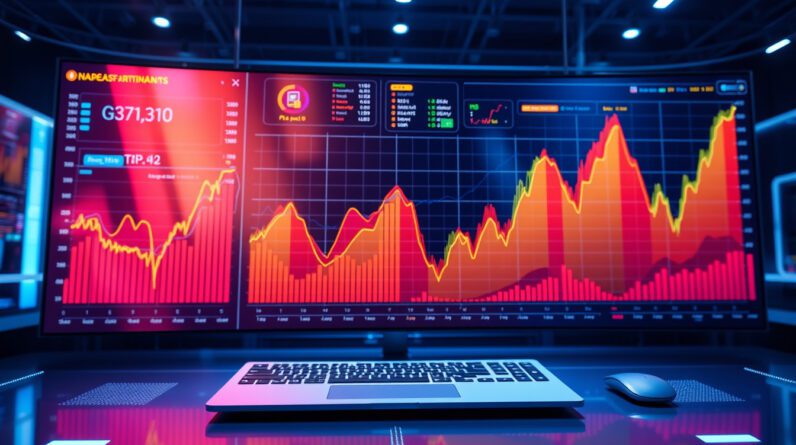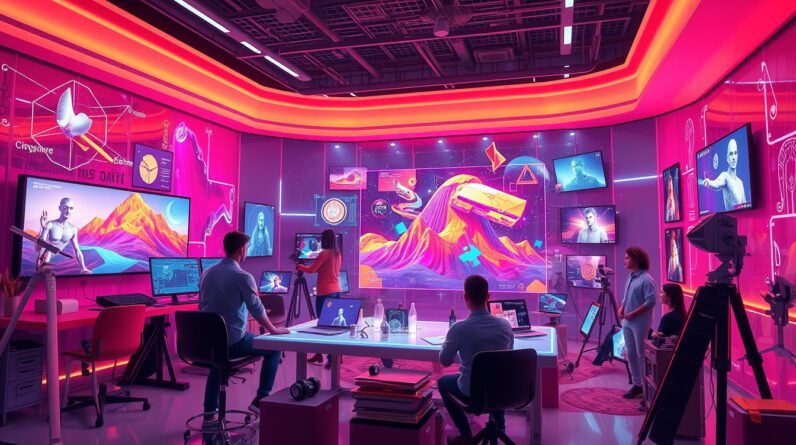
The world of data visualization just got more interesting. Databricks, a company renowned for its unified data and AI platform, has thrown its hat into the ring with a groundbreaking new product: an AI-powered graphics tool designed to challenge established players like Salesforce’s Tableau and Microsoft’s Power BI. This bold move signals a potential shakeup in the data visualization landscape, promising to empower users with intuitive and powerful tools to unlock insights from their data.
Understanding the Significance: Why This Matters
Data visualization has transcended its role as a mere technical process; it’s now the linchpin for informed decision-making across industries. The ability to transform raw data into easily digestible visuals – be it interactive dashboards, compelling charts, or insightful graphs – can be the difference between seizing an opportunity and lagging behind the competition.
Databricks’ entry into this arena is significant for several reasons:
- Increased Competition: The arrival of a new player, especially one with Databricks’ reputation for innovation, compels existing giants like Tableau and Power BI to up their game. This translates into more features, better performance, and potentially, more competitive pricing for users.
- Focus on AI Integration: Databricks is known for its AI prowess, and its new graphics tool is likely to incorporate advanced AI capabilities. This could mean features like automated chart suggestions, anomaly detection within visualizations, and even predictive modeling embedded within the tool, making sophisticated data analysis more accessible.
- Potential for Ecosystem Synergy: Databricks already boasts a robust ecosystem for data processing, machine learning, and data engineering. Integrating a powerful visualization tool into this ecosystem could offer users a seamless workflow, from data preparation to model building and finally, insightful visualization – all within a unified platform.
Delving Deeper: What We Know So Far
While details remain scarce pending an official launch, industry whispers and preliminary announcements provide glimpses into what Databricks’ AI-powered graphics tool might offer:
1. Seamless Integration with Existing Data Ecosystems
The new tool is expected to seamlessly integrate with the existing Databricks platform, leveraging its powerful data lakehouse architecture. This means users can pull data from various sources, process and analyze it using Databricks’ existing tools, and visualize the results—all within the same environment. This streamlines the workflow, eliminating the need for cumbersome data transfers and format conversions.
2. AI-Driven Insights and Automated Visualizations
Leveraging Databricks’ expertise in artificial intelligence, the new tool is rumored to boast AI-powered features. These could include:
- Automated chart and graph suggestions: The tool might analyze the data and automatically suggest the most effective visualizations, taking the guesswork out of choosing the right chart type.
- Natural language processing (NLP) integration: Users might be able to query their data and generate visualizations using natural language commands, making the tool accessible even to non-technical users.
- Anomaly detection and pattern recognition: The tool could highlight unusual data points or trends within visualizations, enabling users to quickly identify anomalies and potential areas for investigation.
3. Collaborative Data Storytelling
In today’s data-driven world, the ability to effectively communicate insights is crucial. Databricks’ new tool is likely to emphasize collaboration and storytelling. This could translate into features like:
- Real-time collaboration on dashboards and reports: Multiple users might be able to work on the same visualization simultaneously, fostering teamwork and faster insights.
- Interactive dashboards with drill-down capabilities: Users might be able to create dynamic dashboards that allow for deep dives into the data, exploring different levels of detail with ease.
- Data storytelling features: The tool might offer intuitive features to create narratives around data, incorporating text, annotations, and even interactive elements to make insights more engaging and impactful.
Potential Challenges and Looking Ahead
While Databricks’ foray into the data visualization market is promising, challenges lie ahead. Established players like Tableau and Power BI have a strong foothold, with extensive features, large user bases, and mature ecosystems. Databricks will need to deliver a truly exceptional product that not only matches but surpasses the existing offerings to capture a significant market share.
Despite the challenges, the potential benefits of increased competition and AI-driven innovation in the data visualization space are undeniable. Users stand to gain from more powerful, intuitive, and affordable tools that enable them to unlock the full potential of their data.
As Databricks prepares to launch its new AI-powered graphics tool, the data visualization world watches with bated breath. Will this be the start of a new era in data storytelling, or will the established giants hold their ground? Only time will tell, but one thing is for sure: the race to empower users with the best data visualization tools has just become more exciting.




